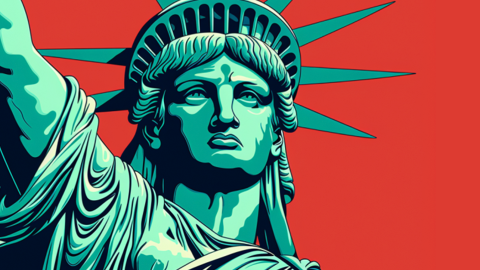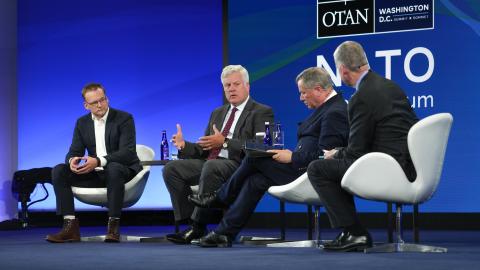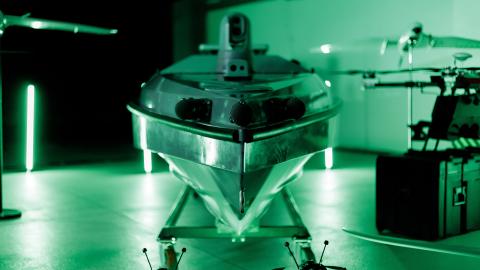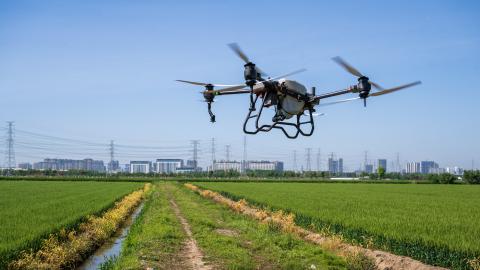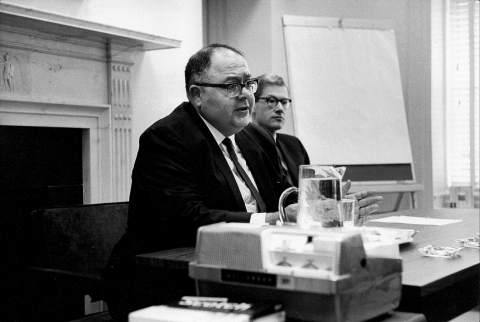We are having two crises. One is in the boardroom of the Federal Reserve system. In a speech to her central bank colleagues at Jackson Hole, Federal Reserve chair Janet Yellen was believed by others than this writer to say that she was preparing to raise interest rates, subject of course to incoming data. In the data have come.
Friday’s job report showed that the private sector created only 126,000 jobs in August—throw in government and the total rises to 151,000. Reason neither to pop the champagne corks nor to weep: "spongey", according to CNBC's Rick Santelli. And no reason to hold off on a rate increase this month say the Fed's so-called hawks. They point out:
* Historically, the August figure has subsequently been revised upward.
* In the past three months, job creation has averaged a healthy 232,000 total jobs.
* Many forecasters, including some at the Fed, expect third quarter growth to exceed 3 percent.
To which those who want the Fed to stay its hand respond that millions of workers continue to work fewer hours than they would like, or are too discouraged to continue hunting for work. Add them to the officially unemployed, and this more realistic measure of the state of the jobs market hits 9.7 percent. Worse still, the economy, growing at a mere 1 percent annual rate, is slowing and could tip into recession if the Fed raises rates. Sales of cars and light trucks fell below an annual rate of 17 million in August for the third month, the first declines after six consecutive years of growth, including record sales last year, and the much-watched Institute of Supply Management's manufacturing survey has dipped into contraction territory. Enough reasons for a Fed that does not want to roil the political waters to wait, at least until after the elections and perhaps until 2017. Unless it fears that if it dithers once again after the Jackson Hole hint that it is about to move, its remaining credibility will drain away.
The more important problem than the Fed's need to choose a course of action appropriate to an economy that is flashing conflicting signals is the ongoing productivity crisis. The economy has created more than a million jobs so far this year, but it hasn't increased its output of stuff very much. If millions more workers can only manage to produce the same amount of goods and services, output per worker— productivity—is declining. Think of it as a 12-inch pizza that once required two chefs to produce, but now has three on the job, perhaps because the oven is old and prone to break down (or the chefs are busy taking selfies, but that's another story for another day). More jobs, but the two original chefs now have to share their pie with another worker because their productivity has declined. So, too, in the U.S. economy. Between 1995 and 2010 productivity grew at an average annual rate of 2.6 percent; from the first quarter of 2015 to the first quarter of this year it declined 0.4 percent.
Economists offer three explanations for this decline in productivity. One comes from Northwestern University's economics professor Robert Gordon in his much-touted The Rise and Fall of American Growth. He believes all the great productivity-enhancing inventions have already been invented: in the words of one commentator, the invention of the automobile increased productivity a lot more than the emergence of Uber, the world's most valuable start-up. A second group of economists says that for productivity to rise, businesses have to invest in new machinery and manufacturing methods to give workers new, modern capital equipment with which to work. A new high-speed oven for our pizza makers so that three chefs can produce four pies.
Unfortunately, business investment has declined for three consecutive quarters. No surprise, given the decline in corporate profits, down by 2.4 percent in the second quarter of this year. That, say many analysts, is the result of the spate of costly regulations rolled out by the Obama administration over the past seven years, and the highest corporate tax in the industrial world. Both parties agree that the government should lower corporate taxes to leave a larger percentage of corporate profits available for investment, but Democrats won't support such a move unless it is accompanied by relief or new benefits for individuals.
But regulatory and tax relief are not enough. Making more money available and expecting corporations to invest it is like "pushing on a string". Businesses need a reason to invest—they have to see customers who are ready, willing and able to buy their products in large enough quantities to warrant building new factories and other facilities.
Consumers are indeed stepping up spending—at an annual rate of 4.2 percent in the last quarter. But consumer spending is not rising quickly enough to whittle down inventories and put pressure on existing production capacity, both here and abroad. Enter Larry Summers and a third group of economists. The former treasury secretary, now returned to Harvard University, says we need to boost demand to provide an incentive for corporations to invest in new plant and equipment, which they have been doing less and less of since the 2008 recession. That requires the government to launch new spending programs, most especially to shore up our worn-out infrastructure, so as to avoid the dreaded secular stagnation created by a persistent demand deficiency.
That is music to the ears of central bankers, who have been saying that monetary policy alone can't speed up economic growth; the politicians have to help by loosening fiscal policy—more spending by the government, or tax cuts to allow businesses and consumers to spend more, or both. Treasury Secretary Jack Lew told a meeting that preceded today's Group of 20 summit in Hangzhou, China, that the S.O.S. central bankers sent from Jackson Hole proves the US has been right all along in calling for the world's leading economies to opt for fiscal stimulus. Some of which is already happening here: the fiscal deficit has risen sharply, and will increase further whichever candidate moves into the Oval Office, giving Yellen what she is wishing for.
To the question "Will Yellen Nike-ize interest rate policy and just do it?", the consensus answer is she is unlikely to be a Nike-wearer, and will wait. To the question, "Will our politicians agree to attack the productivity crisis?" the answer is not now, and perhaps never.
